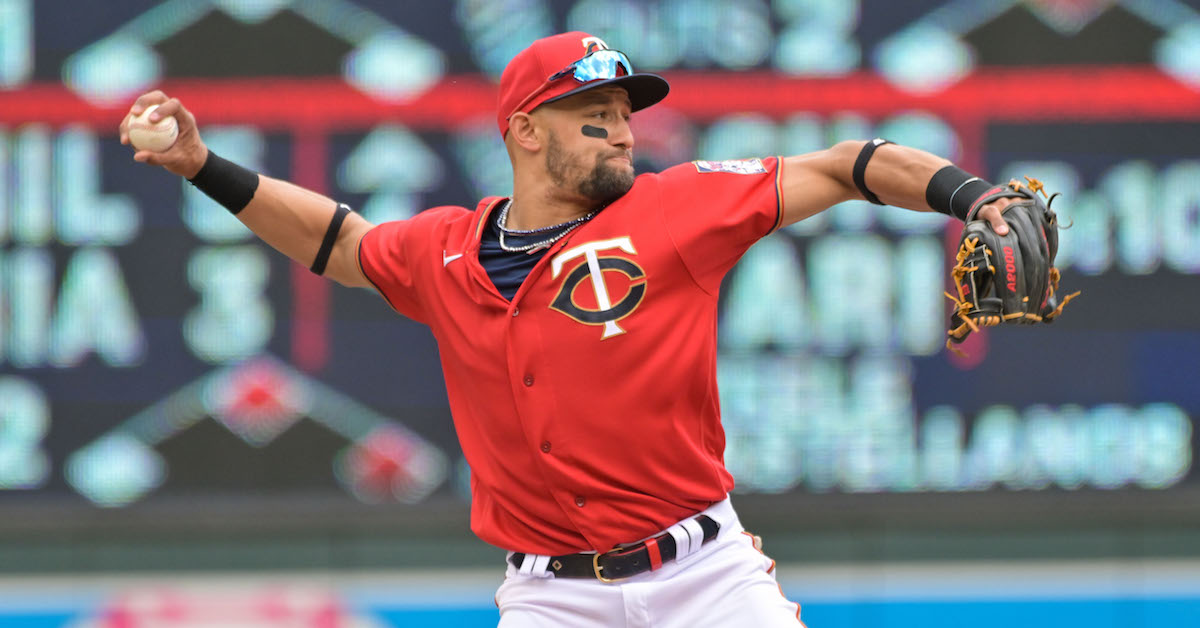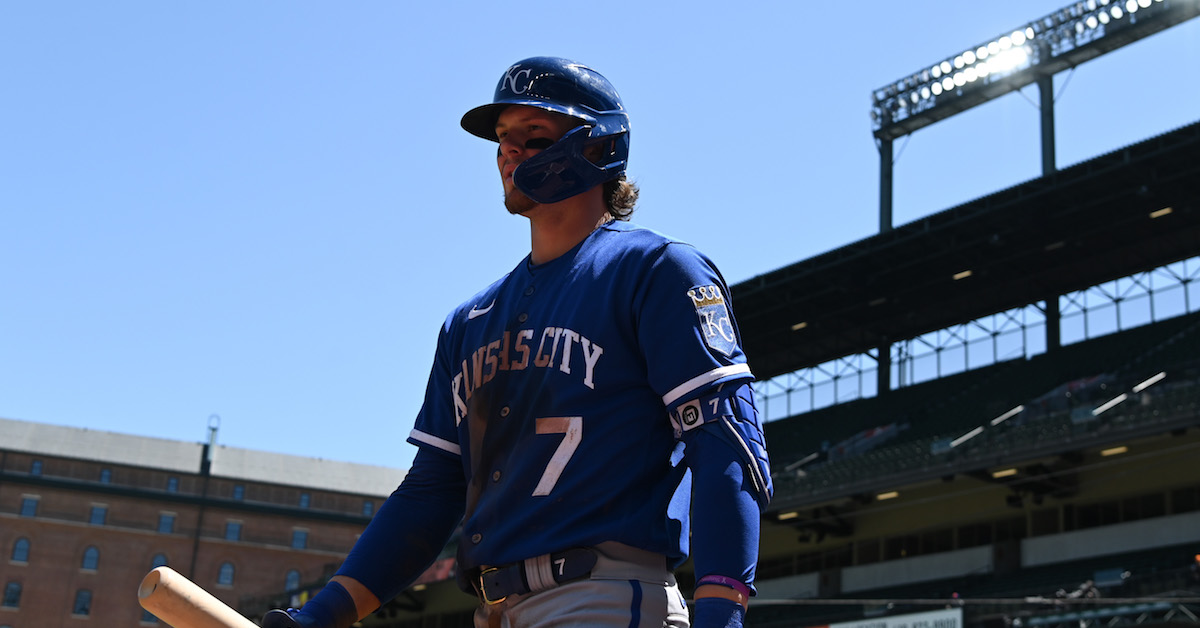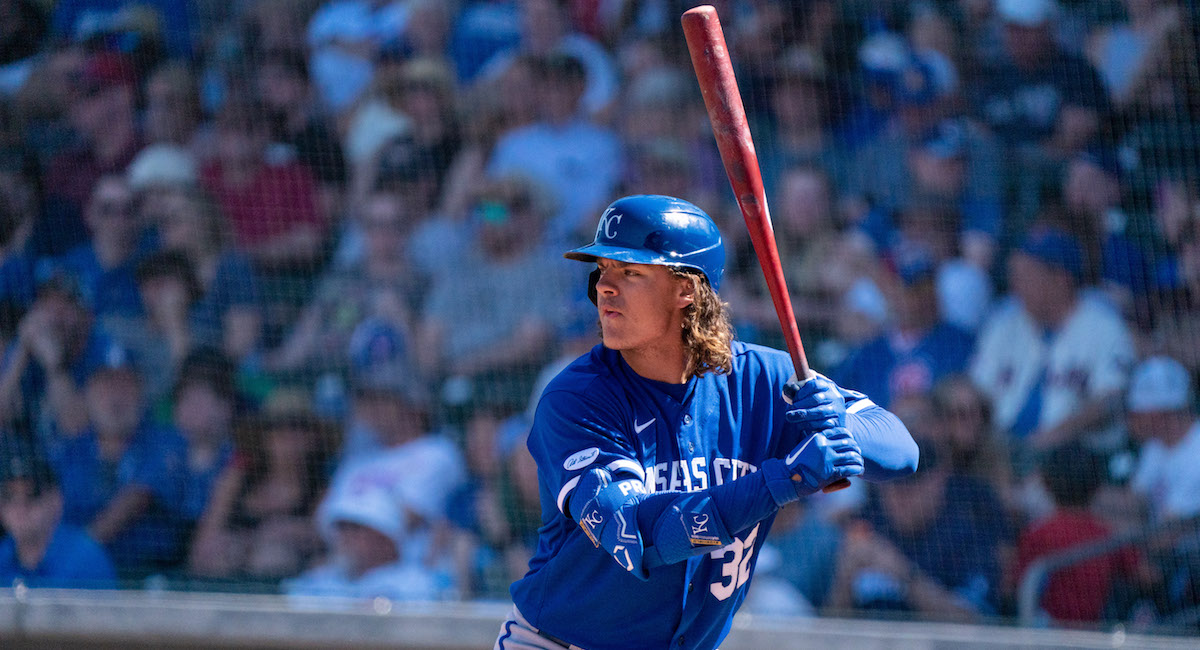Texas Rangers Prospect Owen White Trusts His Stuff (and For Good Reason)

Owen White opened a lot of eyes last year, and he did so by consistently shutting down the opposition. Pitching primarily with the Low-A Down East Wood Ducks, the 22-year-old right-hander punched out 56 batters in 35.1 innings and posted a 3.06 ERA. He then put the finishing touches on a stellar first professional season by dominating the Arizona Fall League, winning all five of his decisions, logging a 1.91 ERA, and again fanning over a batter per inning. Buoyed by those performances, the 2018 second-round pick — Tommy John surgery and the pandemic delayed the start of his career — came into the current campaign No.84 on our 2022 Top 100 Prospects list.
His second professional season has been more of the up-and-down variety. In nine starts with the High-A Hickory Crawdads, the hard-throwing China Grove, North Carolina native has a middling 4.73 ERA, albeit with 61 strikeouts in 45.2 innings. Displaying plus stuff as he develops, White continues to miss bats.
White, who was ranked No. 5 on our newly released Texas Rangers Top Prospects list, discussed his repertoire and approach to pitching at the tail end of the Arizona Fall League season.
———
David Laurila: Let’s start with who you are as a pitcher. Give me a self scouting report.
Owen White: “I think what separates me right now is the difference between my four- and my two-seam. I’ve gotten a lot more ground balls here in the Fall League. I’m able to elevate the four-seam, then follow that with a two-seam to produce ground balls and double plays. In the long run, that saves me pitches. Those two pitches have definitely benefited me the most.”
Laurila: How long have you been throwing both a two- and a four-seam?
White: “When I got drafted, I was mainly two-seam. After I had TJ [in 2019], I started throwing only four-seams. Then this year I started working on a sinker. It really kicked in this summer.”
Laurila: Your sinker is a two-seam. Read the rest of this entry »







